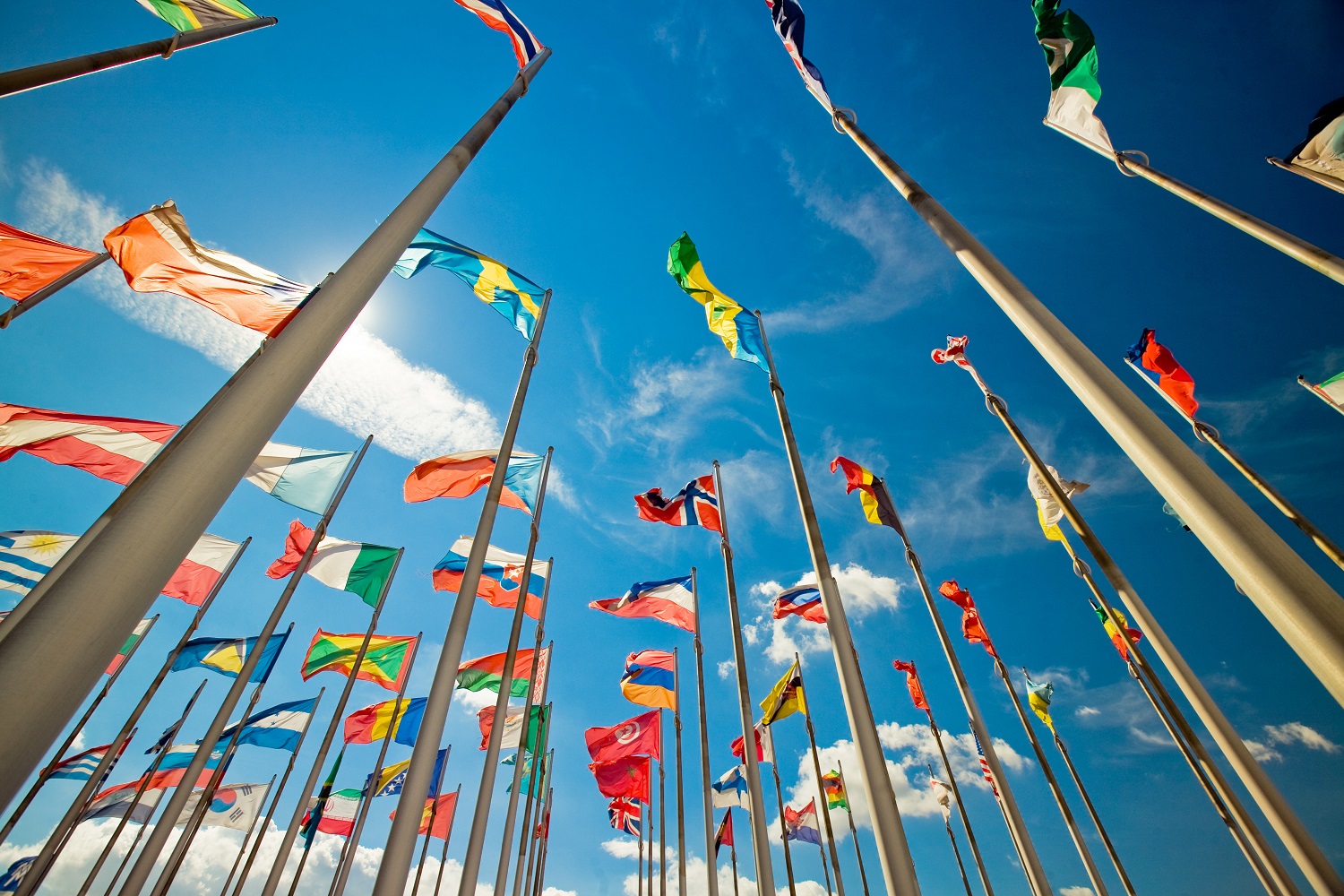The World Bank’s soft lending arm, IDA, will begin its 21st round of replenishment negotiations soon. One thing on the agenda will be the IDA Private Sector Window (PSW), which uses IDA resources to subsidize private sector investments primarily through the World Bank Group’s International Finance Corporation (IFC). Negotiators should take a hard look at the PSW before considering more funding for it, because the window is distorted, opaque, and doesn’t let very much of anything through.
The PSW has failed to stop a slide in the scale of IFC operations in the world’s poorest countries, where core IDA projects continue to deliver more satisfactory development results. The window happily backs private infrastructure projects that have been non-competitively awarded, against the advice of World Bank experts, alongside small and medium enterprise financing facilities with questionable development impact. Its system for allocating subsidies is itself non-competitive, bespoke, and incredibly byzantine. The PSW appears prioritized around making IFC risk management teams feel safer about operations they are already considering rather than expanding and improving private sector investment in the world’s poorest countries.
And that’s when the window manages to spend money, which, largely, it doesn’t. The PSW’s biggest commitments are to ‘envelopes’ and ‘facilities’ like the March 2022 $300 million commitment to the ‘FIG COVID Emergency BoP Program.’ These envelopes and facilities are mostly designed to help the infinitesimally small portion of the private sector that are existing IFC clients deal with unanticipated shocks (rather than targeting support to the firms in client countries that could most effectively use it). They aren’t actual commitments to actual pipeline investments, they’re pre-commitments to support financing if demand emerges from this infinitesimally small portion of the private sector. And, apparently, the demand hasn’t been emerging.
As of June 2023 (see page 14 of the IDA financial statements), the total IDA allocation to PSW was $5,450 million. The PSW did manage to commit all of the funds allocated under IDA 18 and 19 using gimmicks like envelopes and facilities, so total commitments to date under IDA 18-20 combined add up to $3,847 million. But actual utilization is only $1,268 million—or one third that amount. The other $4,182 million still sits in the IDA accounts, doing no good to anyone.
Guarantees, recorded at face value, account for $795 million of total PSW financing utilized—and no one would argue a financial guarantee for a sum is worth the same as the actual sum. Derivatives account for another $276 million. Funding the IFC itself to invest accounts for $95 million. Actual direct lending given to actual firms working in actual client countries adds up to $102 million (that would be about one fiftieth of the total IDA allocation for the PSW). This is an obscenely slow and inefficient way to use resources that otherwise could support things under core IDA projects like basic sanitation, vaccination networks, and universal schooling.
The above numbers, compared to the situation in December 2021, suggests the PSW is managing to ‘utilize’ (although not really) less than $400 million a year. For a three-year IDA run that amounts to $1.2 billion, compared to a $2.5 billion allocation. In turn, that suggests, at the most, IDA 21 should finance the PSW at half its current size. And the window should be radically redesigned to support competitively awarded subsidies to private sector projects that are a priority for client countries and are chosen on the basis of potential development impact. Failing that, the simpler course would be to close the PSW down and use the resources to fund the far more effective development spending that happens under core IDA projects.
CGD blog posts reflect the views of the authors, drawing on prior research and experience in their areas of expertise.
CGD is a nonpartisan, independent organization and does not take institutional positions.







